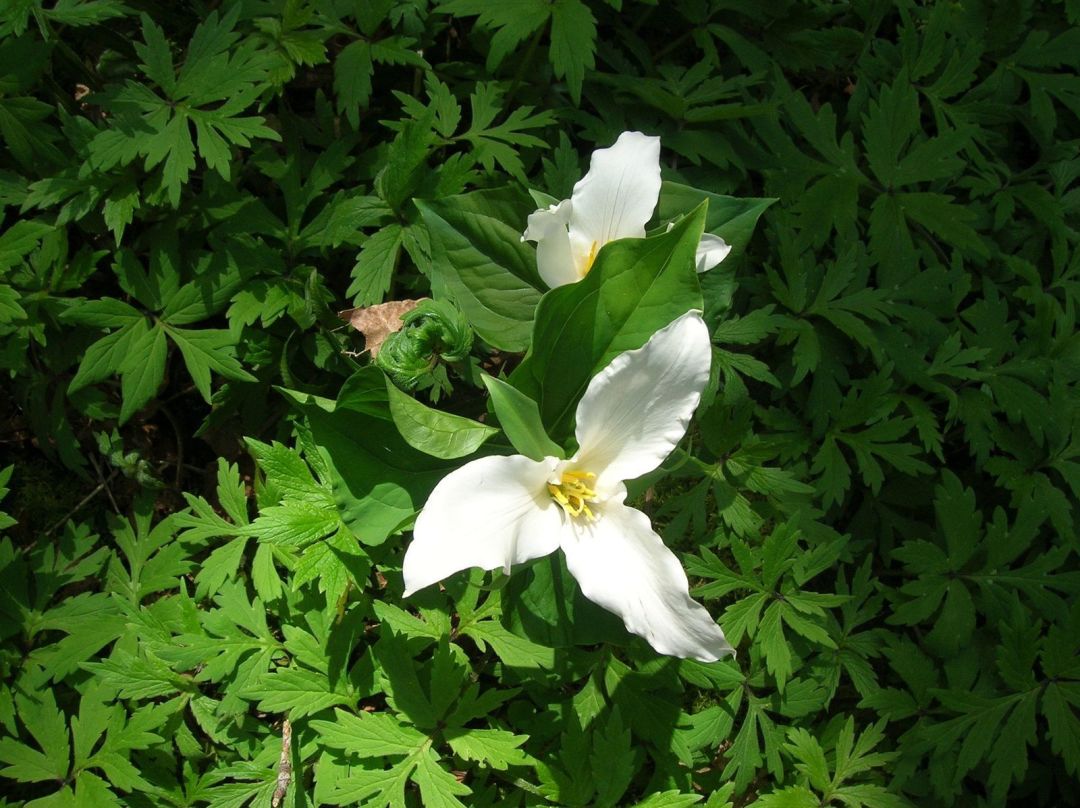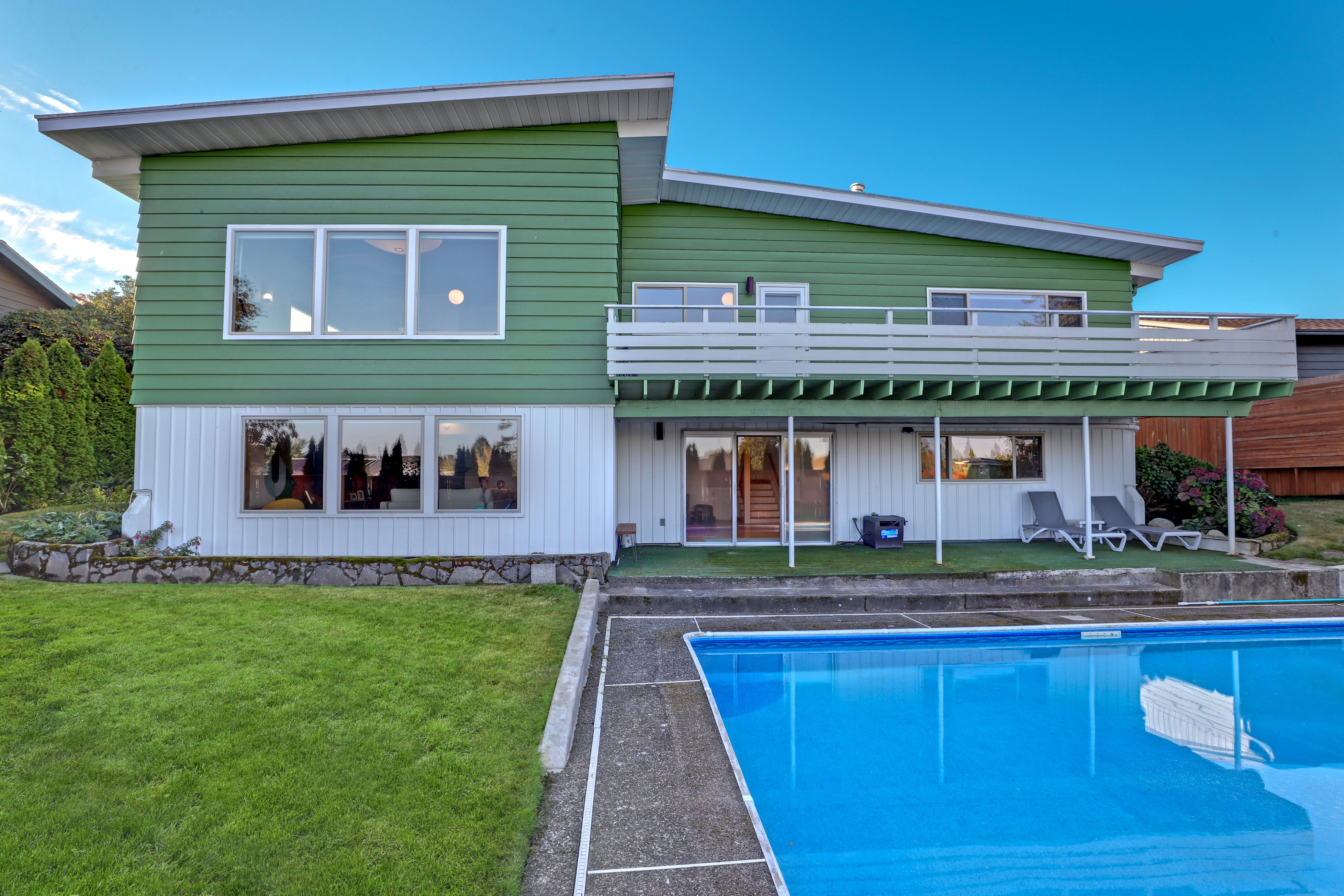Know and Grow Portland Natives

Western wake-robin amidst water leaf
Image: Kate Bryant
Why plant natives?
Contrary to popular belief, native plants are not mystically, inherently "better." Nor are they necessarily more drought-tolerant, disease-resistant, easy-to-grow, non-invasive, or able to cool cities or hold in streambanks than exotics!
With that misinformation out of the way, let's move on to the good stuff: native plants should be much more planted. Why, when there are so many other beautiful, wildlife-friendly ornamental plants out there? Here are three compelling reasons to plant regional native plants:
- Native plants support a diversity of native wildlife, particularly invertebrates and the songbirds that eat them. Some native pollinators, including certain species of butterflies, have evolved alongside their host plants for millennia and depend on a particular species of plant for food and shelter. This is true for native plant-insect relationships all over the globe, which is why it's so important for us to cultivate native plants, wherever we may live.
- Native plantings ground a site with a sense of place. Douglas fir, manzanita, madrone, trillium, salal, Oregon grape and Western sword fern are iconic Pacific Northwest plants - albeit each native to its own slice of habitat. Planting the right native in the right place helps anchor our natural and built environment firmly in its surroundings, whether in Portland, Vancouver, Manzanita or Bend.
- We can learn so much about our region and more broadly, about life itself, by growing plants that are native to our region and learning about their interrelationships with native fauna. Noticing, learning about and growing native plants helps us connect more meaningfully with our environment and helps adults and children alike understand how the natural world around us works. Any activity that teaches us to slow down, observe and appreciate our environment can only be good.
As it happens, many Pacific Northwest native plants are also beautiful. Beautiful, sometimes, in the way carrots taste "sweet" when you learn to appreciate natural sugars. We may take native plants for granted, but gardeners all over the world avidly collect our local natives, from trilliums and Oregon grape to flowering red currant, fragrant native mock orange and vine maples.
Convinced? OK, good. Now where does the native plant neophyte begin to learn more?
You'll find a wealth of information on line:
Metro provides some of the most comprehensive resources in our region on native plants for Willamette Valley yards.
The Bureau of Planning and Sustainability has prepared the Portland Plant List, which discusses native plant zones and habitats, invasives and nuisance plants, as well as providing an extensive plant list.
To learn more about suitable native plants for the garden, check out the Garden Smart Oregon booklet. It covers Oregon's most pernicious invasive plants, followed by great garden alternatives.
Oregon State University's Oregon Flora Project, providing a definitive reference to all Oregon vascular plants, as well as information on endangered Oregon natives.
Ever wondered what grew in your yard, prior to the arrival of settlers? Check out the Portland Native Plant List.
Learn more about the Backyard Habitat Certification Program - you can learn a lot about native plants and gain certification for your plantings.
These resources can help you come up with desirable native plants that will help you enhance the beauty of your home and garden, create an oasis for desirable native insects and birds, and bring you into closer relationship with Oregon's natural heritage. To know them is to want to grow them.




